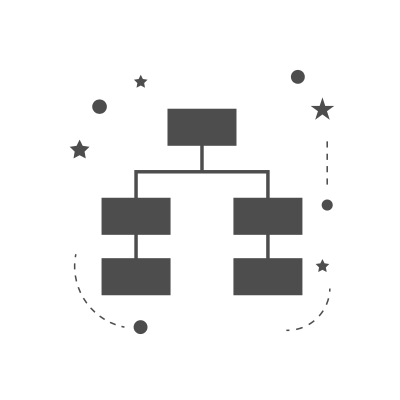Decision maps for tonotopic organization as revealed by fMRI
2008
Master Semester Project
Project: 00168

In a previous project, fMRI was used to measure activity for acoustic stimulation. We investigated whether activity of human auditory cortex for different acoustic stimuli gives reliable information to discriminate the different stimuli. As stimuli, tones of four different frequencies were presented to the subject. To detect a possibly fine grained activity pattern specific for each frequency, we applied the multivariate machine learning algorithm SVM, that after a learning phase, predicts the frequency of a given observation (fMRI measurements during a frequency presentation). An above chance level detection rate of 65 % suggests a tonotopic organization of human auditory cortex.
An important open question remains to construct decision maps that show which voxels are decisive for the classification task. Therefore, we aim to apply a methodology inspired from non-parametric permutation testing.
- Supervisors
- Dimitri Van De Ville, dimitri.vandeville@epfl.ch, 021 693 51 42, BM 4.140
- Michael Unser, michael.unser@epfl.ch, 021 693 51 75, BM 4.136